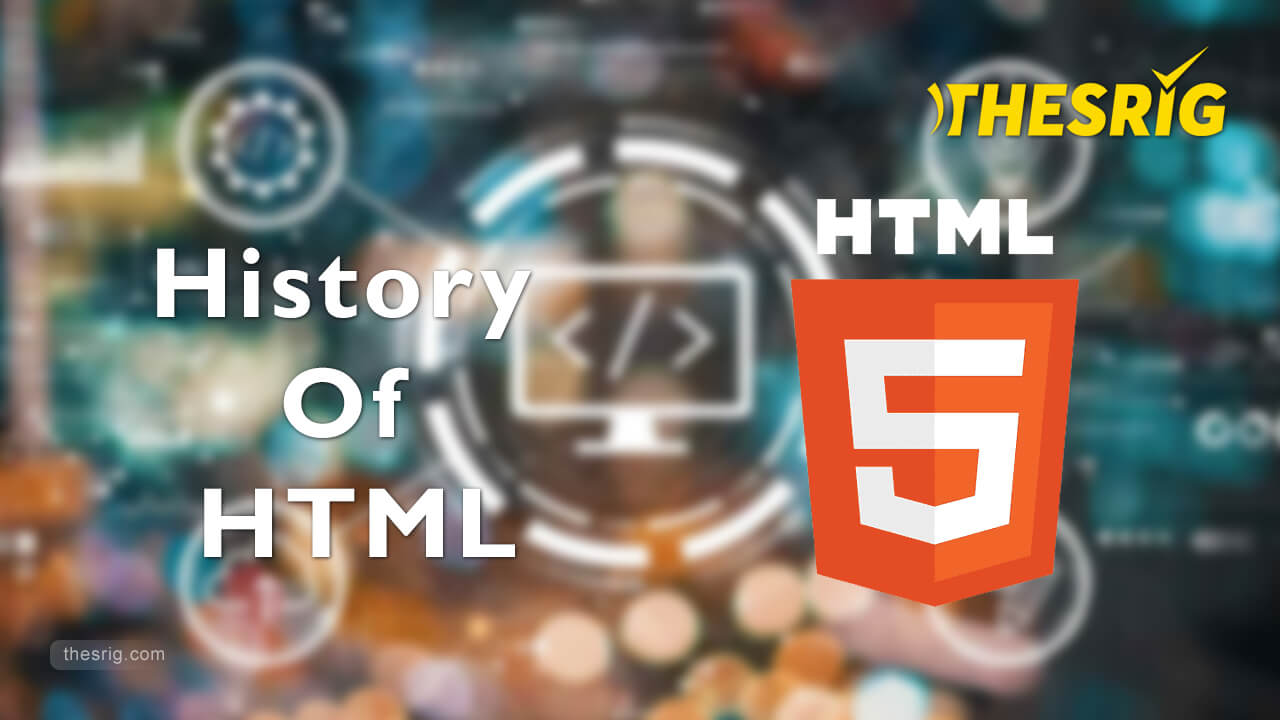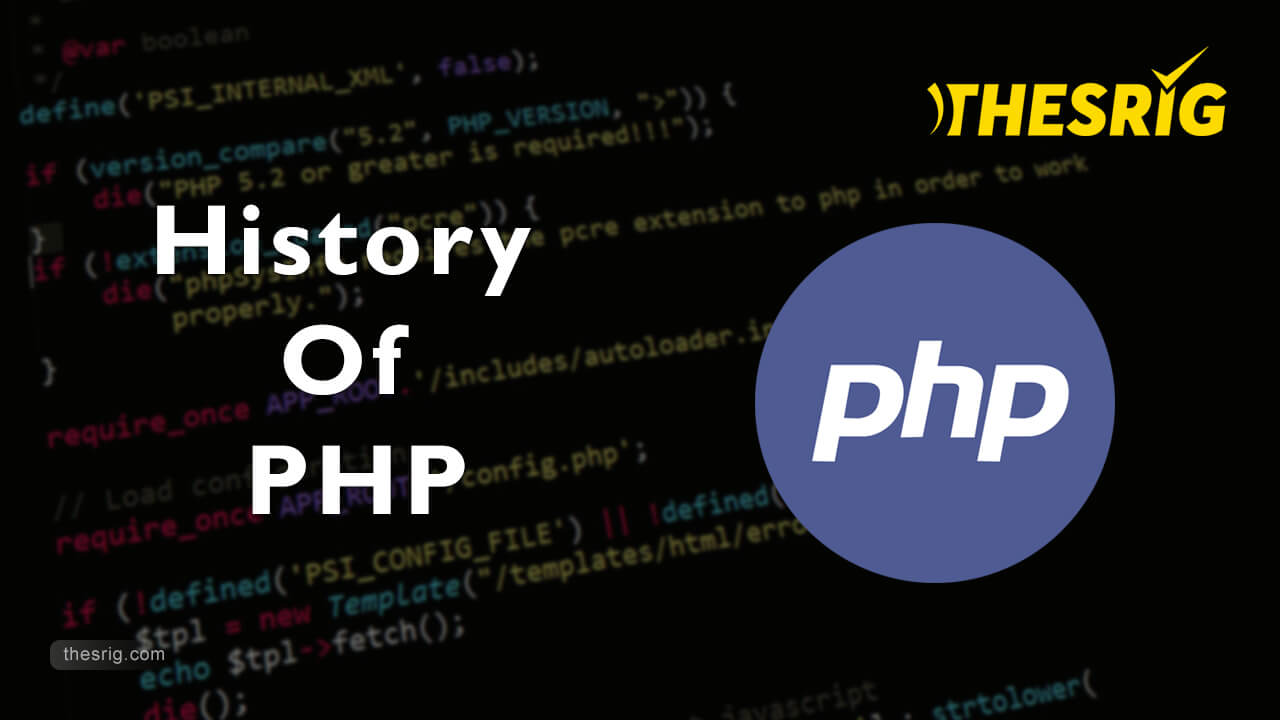
MySQL is an open-source relational database management system (RDBMS) that has played a significant role in web development. Here’s a brief history of MySQL:
- 1994 – Development by Michael Widenius and David Axmark:
- MySQL was initially developed by Michael Widenius (Monty) and David Axmark, who released the first version internally in May 1995. The development aimed to create a robust and efficient database system for web applications.
- 1995 – First Public Release (Version 3.12):
- The first public release of MySQL, Version 3.12, was made available in May 1996. It already included essential features like subqueries and transactions.
- 1997 – MySQL AB Founded:
- Michael Widenius, David Axmark, and Allan Larsson co-founded MySQL AB in Sweden to provide commercial services around MySQL. The company played a crucial role in the development and support of MySQL.
- 2000 – MySQL 3.23:
- MySQL 3.23, released in January 2001, brought significant improvements, including support for large databases, improved subqueries, and enhanced performance.
- 2001 – General Public License (GPL) and MySQL 4.0:
- In 2000, MySQL AB decided to use the General Public License (GPL) to promote open-source development. MySQL 4.0, released in March 2001, included stored procedures and triggers.
- 2003 – MySQL 4.1 and MySQL AB Acquisition by Sun Microsystems:
- MySQL 4.1, released in October 2004, introduced features like prepared statements and distributed transactions. In 2008, Sun Microsystems acquired MySQL AB.
- 2009 – Oracle Corporation Acquires Sun Microsystems:
- Oracle Corporation acquired Sun Microsystems, inheriting the ownership of MySQL. Concerns arose in the open-source community about Oracle’s control over MySQL, leading to discussions about forking the project.
- 2010 – Formation of MariaDB Fork:
- Due to concerns about MySQL’s future under Oracle, Michael Widenius and others forked MySQL to create MariaDB, an open-source RDBMS designed as a drop-in replacement for MySQL.
- 2013 – MySQL 5.6:
- MySQL 5.6, released in February 2013, introduced features like improved InnoDB storage engine, NoSQL support, and performance enhancements.
- 2015 – MySQL 5.7:
- MySQL 5.7, released in October 2015, included features such as native JSON support, improved security, and performance optimizations.
- 2019 – MySQL 8.0:
- MySQL 8.0, released in April 2018, brought significant enhancements, including better performance, improved security features, support for window functions, and more.
- Ongoing Development:
- MySQL continues to be actively developed, with regular updates introducing new features, optimizations, and improvements. The MySQL project is now under the ownership of Oracle Corporation.
MySQL remains a popular choice for web developers and businesses, offering a reliable and scalable database solution for various applications. The combination of its open-source nature, strong community support, and continuous development contributes to its widespread adoption.












COMMENTS